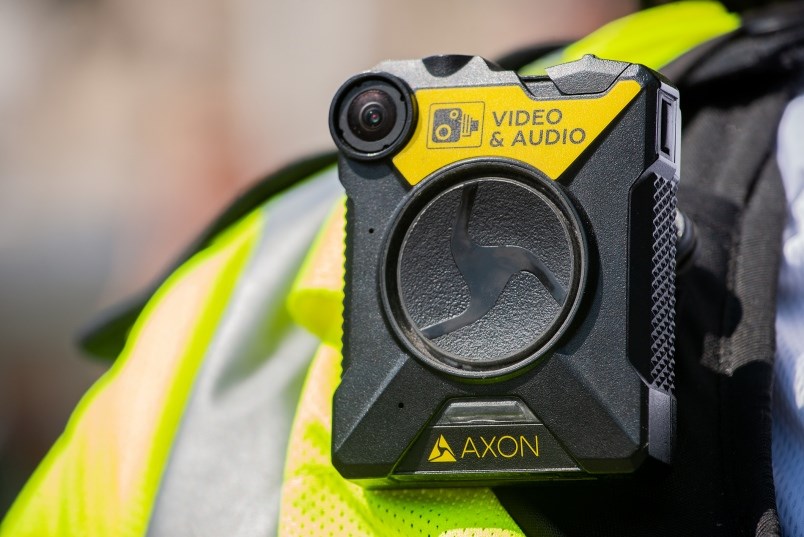Moose Jaw police would likely wear body cameras if officials ensure that a sound public policy and practical framework were in place to govern their usage, the police chief says.
The Moose Jaw Police Service (MJPS) has been exploring the implementation of born-worn cameras with other police services and governance bodies for several years, Police Chief Rick Bourassa said during the recent Board of Police Commissioners meeting. There are four questions that officials need to answer before police start using the cameras.
The first question is whether the use of cameras would be consistent with a valued public goal.
“In brief, the cameras increase transparency and accountability, which engenders trust in policing,” said Bourassa. “Trust in policing is a valued public goal."
The second question is whether the use of cameras helps achieve that valued goal.
“Increased transparency and accountability (are) associated with increased trust,” the police chief remarked.
The third question is whether this goal can be achieved within the law and be consistent with constitutional principles. By ensuring that appropriate governance and regulatory bodies help inform the process, said Bourassa, the implementation of cameras could be achieved within legal and constitutional frameworks.
The final question is whether the use of body cameras would be acceptable to the public.
“It is more than acceptable; it is being demanded by the public,” the police chief added. “We (already) use cameras in our detention centre and in our police cars.”
Another level of analysis is required to address the practical considerations of using body cameras. The implementation and ongoing use of such devices would require financial and human resources, such as the purchase of equipment, training officers to use the devices, digital storage and retention, retrieval and disclosure of images, and ongoing software and hardware maintenance.
Deputy Chief Rick Johns is researching the use of body cameras, Bourassa reported. That research will include equipment analysis and cost, discussions with other police services, and consultation with the appropriate governance bodies such as the Board of Police Commissioners, the Saskatchewan Police Commission, and the Office of the Privacy Commissioner.
“We will continue to explore this. We are at the very early stages,” he added.
The use of body cameras would increase transparency, which is important to the board, but it would also make the devices standard equipment, said chair Mayor Fraser Tolmie. The public would then be aware that the MJPS has these body cameras and that these devices are part of its usual operating procedure.
It’s good to discuss the use of body cameras now with all the discord happening in the world, said commissioner Dawn Luhning. She commended Bourassa for how the MJPS responded to the Black Lives Matter event here recently, saying it was right for the MJPS to stand with people who feel disenfranchised.
Luhning then asked Bourassa to produce a report about the organization’s hiring practices and ongoing training protocols, especially in light of the “systemic racism” in society. She noted the organization wants people working for it who are not racist, especially since some residents feel targeted.
Bourassa agreed to produce a report for a future meeting.
“We’re always happy to participate and discuss the notion of systemic racism,” he said, adding another quality the police service wants in officers is character.
The police chief and his team have been proactive in creating a more welcoming community, with one example being how Bourassa helped bring the first round dance to Moose Jaw, said commissioner Mary Lee Booth.
“I have been watching the last couple of weeks (throughout North America) in shock, but with pride of what Moose Jaw has done … ,” she added. “(The police have) made inclusive strides to create an inclusive community.”




